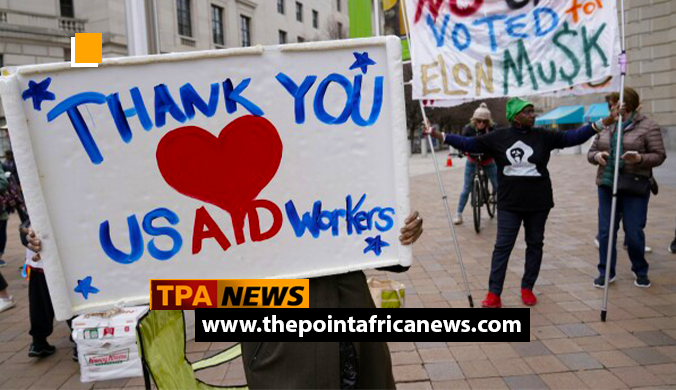
After more than 60 years as the principal arm of American foreign aid, the United States Agency for International Development (USAID) has officially ceased operations. On July 1, U.S. Secretary of State Marco Rubio confirmed that the agency’s remaining programs and personnel have been folded into a restructured foreign assistance framework under the State Department. The move fulfills a key objective of President Donald Trump’s second-term agenda aimed at streamlining government and reducing U.S. foreign aid expenditures.
The decision follows a sweeping 83% reduction in USAID’s active programs earlier this year—cutting support to more than 5,200 of the roughly 6,200 projects worldwide. The slashed initiatives included long-standing efforts in global health, food security, disaster response, and democracy promotion. Major programs affected include PEPFAR (the U.S. President’s Emergency Plan for AIDS Relief), malaria prevention, and maternal-child health services. Health experts have warned that these cuts could result in up to 14 million excess deaths by 2030 if not reversed.
The shuttering of USAID has triggered a wave of condemnation from former U.S. presidents and global aid advocates. On June 30, Barack Obama, George W. Bush, and humanitarian campaigner Bono issued a joint statement calling the move a “colossal mistake” that undermines decades of U.S. leadership in global development. Obama highlighted the agency’s role in combating smallpox and bolstering global prosperity, while Bush pointed to PEPFAR’s record of saving more than 25 million lives.
Aid experts say the dissolution has left a humanitarian vacuum in conflict and disaster zones including Sudan, Gaza, and the Philippines—regions where USAID had been a critical responder. Ongoing medical research, disease-prevention campaigns, and food assistance programs have been either suspended or terminated, raising alarms across the international humanitarian community.
Analysts and lawmakers warn that the absence of USAID could significantly weaken U.S. soft power, especially as global rivals like China expand their influence through state-backed aid programs and infrastructure investment. Critics argue that eliminating the agency cedes strategic ground and diminishes Washington’s ability to shape global norms on development, health, and governance.
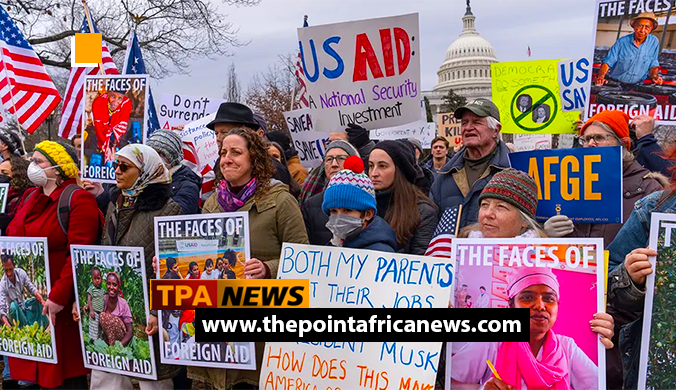
However, supporters of the decision—primarily within the Trump administration—defend the move as long overdue. They argue that the aid agency was plagued by inefficiencies and ideological agendas. These claims have been bolstered by a controversial report from Elon Musk’s newly established “Department of Government Efficiency,” which alleges $22 billion in USAID mismanagement—though independent audits have yet to confirm such findings.
Despite ongoing legal challenges in Congress, the agency’s dissolution is now complete. The Trump administration’s revised foreign aid model, branded under a new “America First” strategy, aims to redirect limited U.S. assistance toward trade and security partnerships aligned with American interests. The State Department will now oversee all future foreign aid programs, with a stated emphasis on recipient countries demonstrating “self-reliance and strategic alignment.”
While Washington redefines its development posture, the global aid community is left grappling with urgent questions: how to fill the vacuum left by USAID, how to safeguard lives dependent on interrupted aid, and whether America’s legacy as a humanitarian leader has come to a definitive close.
By: TPA Staff Reporter | editor@thepointafricanews.com



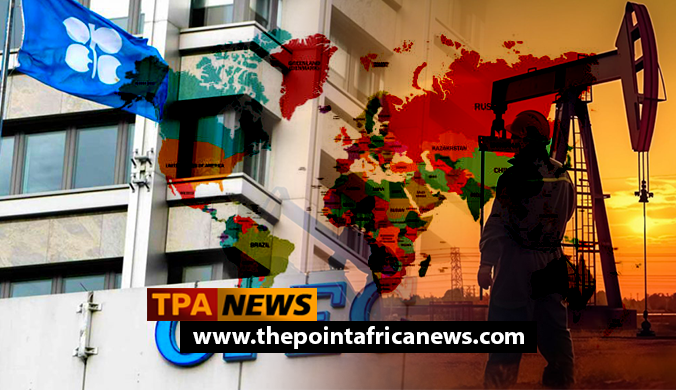

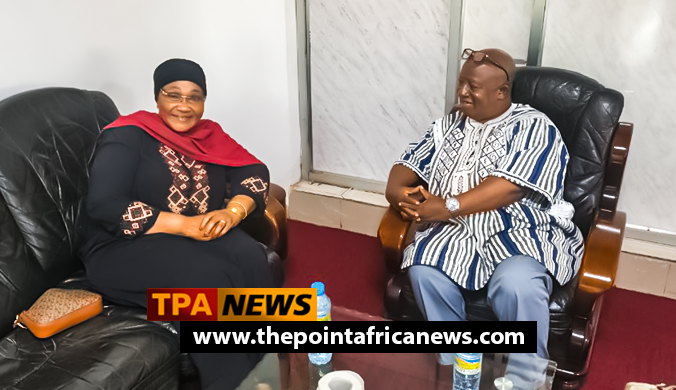
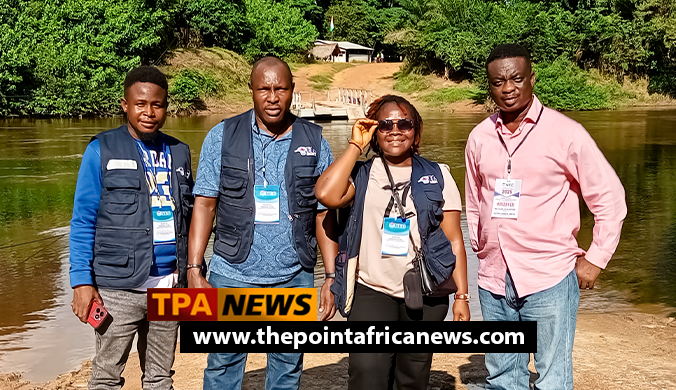
Leave a Reply